Full Motion Flight Simulator
Our full motion flight simulator delivers an experience almost identical to a level D simulator- the highest professional flight simulator standard , it does this using a combination of features not found in any "experience simulator", thes are:
6-axis motion platform
Dynamic control loading
Collimated visual display system
All three combine to create the sensation of aircraft movement extremely accurately, and coupled with realistic sounds delivered into the real aircraft cockpit, you'll find it hard to believe you're not really flying.

Full Motion Flight Simulator Key Features
Each of these three aspects go towards giving our simulator amazing levels of realism equivalent to Level D on the Full Flight Simulator standards scale.
6-Axis Motion Platform

Our 6-axis motion platform puts our full motion flight simulator in a different class to other sims, including some that claim to be full motion.
The platform is built by Moog, the aviation industry leader in professional Level D motion systems, it consists of six electric actuators and three pneumatic balance rams. The six degrees of freedom mean the sim delivers:
-
three rotational movements:
-
pitch, (tilting up and down)
-
roll (rolling left and right), and
-
yaw (rotating left and right); and
-
-
three linear movements:
-
heave (up and down)
-
surge (fore and aft), and
-
sway (left and right)
-
With a total payload capacity in excess of three tons the motion base can accelerate at +/- one G. Which means it can make you weightless for a split second!
This amazing motion base, coupled with our own custom software, delivers a totally realistic flying experience - so you get to feel every movement, from the bumps on the runway to the turbulence at 30,000 feet.
Want to know more? Read the technical details of our full motion flight simulator motion base.
Dynamic Control Loading

Control loading or force feedback is the feeling of resistance in the flight controls when they are moved from their neutral position.
The control forces in our full motion flight simulator are dynamic, meaning they change with different flight conditions rather than having a constant fixed force. This computer controlled feel delivers a much more realistic flying experience than passive control loading in "experience simulators" and connects you with what the aircraft is doing.
Aside from the motion system, the dynamic force feedback in our flight simulator is the most complex element to simulate. Our sim uses electric motors to create the control feel by varying the output torque to the motors based on signals governed by the aircraft flight conditions, including IAS and wind component.
Because it's computer controlled, we can tune the control feel to exactly match that of the real aircraft, which also allows the flight controls to move realistically according to input from the autopilot.
Want to know more? Read the technical details of our dynamic control loading system.
Ready to fly?
We offer a whole range of flight simulator experiences that everyone can enjoy, whether you're a complete flying novice or an experienced pilot looking to gain extra training hours.
Collimated Visual Display System

Collimating optics have been used in flight simulator visual systems ever since they were developed by NASA during the Apollo space program, when astronauts needed a more convincing view of the moon’s surface outside the lunar lander simulator window.
A collimated display does three things:
-
It makes the out-the-window visual image appear distant, adding enormously to the realism of the scene.
-
It places the visual scene directly in front of BOTH pilots in a two crew flight deck allowing realistic visual approaches and eliminating parallax error found in direct projection displays used in lower fidelity sims.
-
It imparts a very strong illusion of vehicle movement, by tricking the brain into believing that what is being seen through the cockpit windows is distant, and therefore must be the outside world, the brain concludes that the vehicle is moving through the world rather than looking at a moving image of the world on a screen.
Want to know more? Read the technical details of our collimated visual display system.




